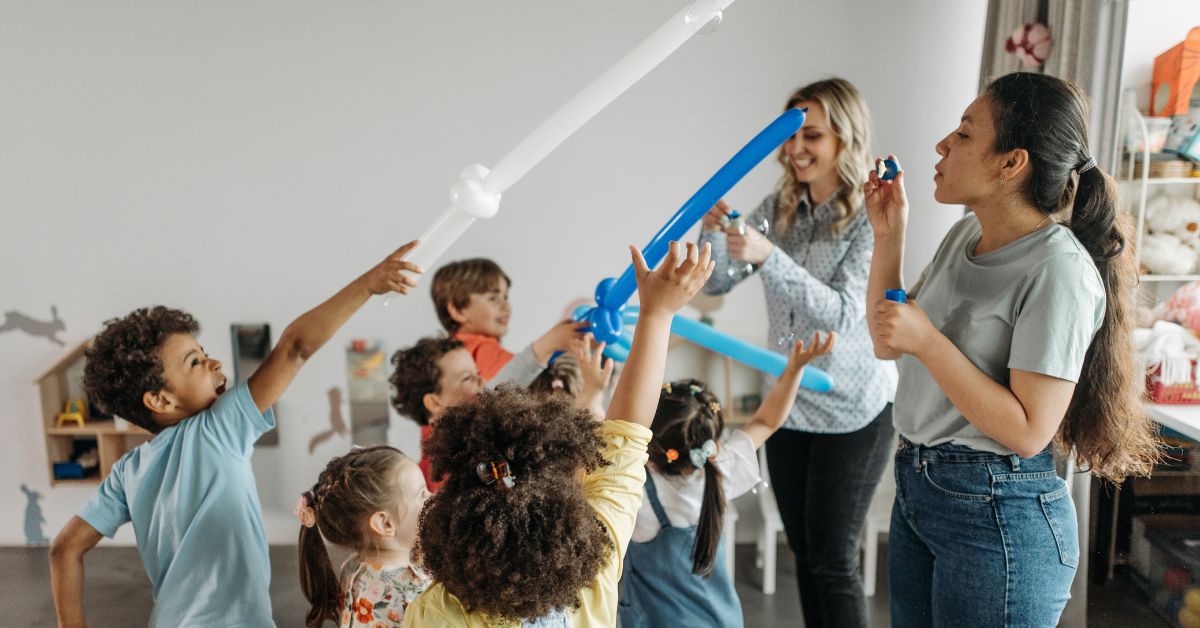At many schools, mental health is treated like an extra—something that gets a special week, a poster in the hallway, or a once-a-year assembly. But in some forward-thinking schools, mental health isn’t just a program. It’s part of the culture. It’s woven into everything: how teachers teach, how students learn, how people talk to each other.
This article explores how some schools are rethinking the way they support students, making emotional well-being part of everyday life—not a separate topic, but a natural part of school itself.
Why Mental Health Matters in School
Before we dive into how schools are changing, let’s be clear on why this matters.
Mental health affects everything. When students feel anxious, sad, or overwhelmed, it’s harder to focus, learn, or even come to school. Poor mental health can lead to falling grades, social isolation, or even bigger problems like self-harm or dropping out.
For years, schools mainly focused on academics. But now, more educators are realizing: you can’t separate the mind from the person. If students aren’t emotionally okay, they can’t do their best work.
From “Add-On” to “All-In”
In traditional schools, mental health is treated like a side dish. There might be a counselor available—but only if you ask. There might be a lesson or two during “Wellness Week”—but it’s not part of math or science or English.
In schools where mental health is embedded, things are different. It’s not something special. It’s something normal.
Here’s what that can look like:
1. Teachers Check In, Not Just Check Work
At the beginning of class, a teacher might ask, “How’s your energy today?” or “What’s something on your mind?” These check-ins help students pause, reflect, and feel seen. It only takes a minute, but it sets the tone: you matter here.
2. Social-Emotional Learning (SEL) Is Everywhere
Social-emotional learning isn’t just a separate subject. It’s built into lessons across subjects. Students might reflect on how characters in a book handle stress. Or discuss how teamwork helps solve math problems. They’re learning life skills while learning academics.
3. Safe Spaces Are Normal, Not Special
Need a moment to breathe? Some schools have “wellness rooms” or quiet zones where students can go if they’re feeling overwhelmed. There’s no shame or judgment—just understanding. Teachers know that taking care of your emotions is part of learning.
4. Counselors Are Easy to Reach
In some schools, you don’t have to wait weeks to talk to someone. Mental health staff are visible, friendly, and proactive. They visit classrooms, run groups, and support teachers, too. It’s not just about crisis help—it’s about regular connection.
5. Students Learn Coping Tools
Just like schools teach study strategies, they also teach mental health strategies. Deep breathing. Mindfulness. Journaling. Conflict resolution. These tools give students a sense of control and calm, which helps in school—and in life.
Real-Life Example: A Vermont School Gets It Right
Let’s take a look at a school in Vermont that’s doing this well. At Champlain Valley Union High School, mental health isn’t a unit. It’s part of everything.
Teachers get training in trauma-informed education, meaning they understand how past experiences affect learning. Every student is assigned an advisor they meet with regularly—not just to talk about grades, but to talk about how they’re doing overall.
They also use something called “restorative circles,” where students and teachers sit in a circle to talk about challenges, build trust, and work through problems as a team.
And guess what? It’s working. Attendance is up. Discipline problems are down. And most importantly, students feel like they belong.
A School Culture of Care
This approach is more than a checklist. It’s a culture. And culture is built by everyone—teachers, students, staff, and parents. When everyone values mental health, it becomes part of the air students breathe.
Students are encouraged to speak up, look out for each other, and seek help when needed. There’s no “tough it out” attitude or “leave your feelings at the door” policy. Instead, it’s: “We’re all human here. Let’s figure it out together.”
Challenges Still Exist
Of course, this kind of culture doesn’t appear overnight. It takes time, training, and effort. Not all schools have the funding or staff to fully support these changes. And some communities still carry stigma around mental health.
But change is happening. More schools are seeing that emotional wellness isn’t a luxury—it’s a necessity. Especially after the COVID-19 pandemic, which left many students feeling isolated and anxious, mental health in school is more important than ever.
Conclusion: Mental Health Belongs in Every Classroom
Mental health isn’t just about crisis response. It’s about everyday care. It’s about feeling safe, supported, and connected—not just in the counselor’s office, but in the classroom, the hallway, the lunchroom.
In schools that get it right, students don’t have to “go somewhere” to get mental health help. They’re surrounded by it. Supported by it. Strengthened by it.
Because at those schools, mental health isn’t a program.
It’s just part of school.








